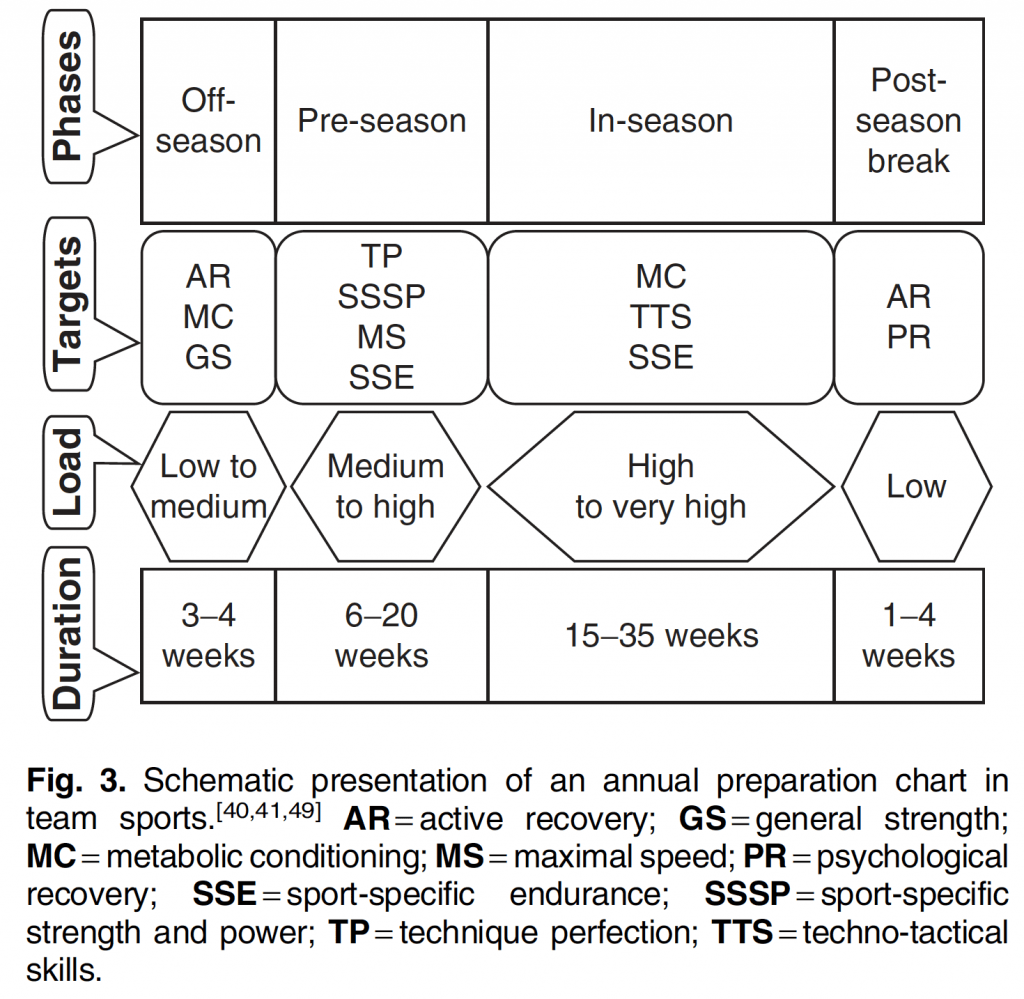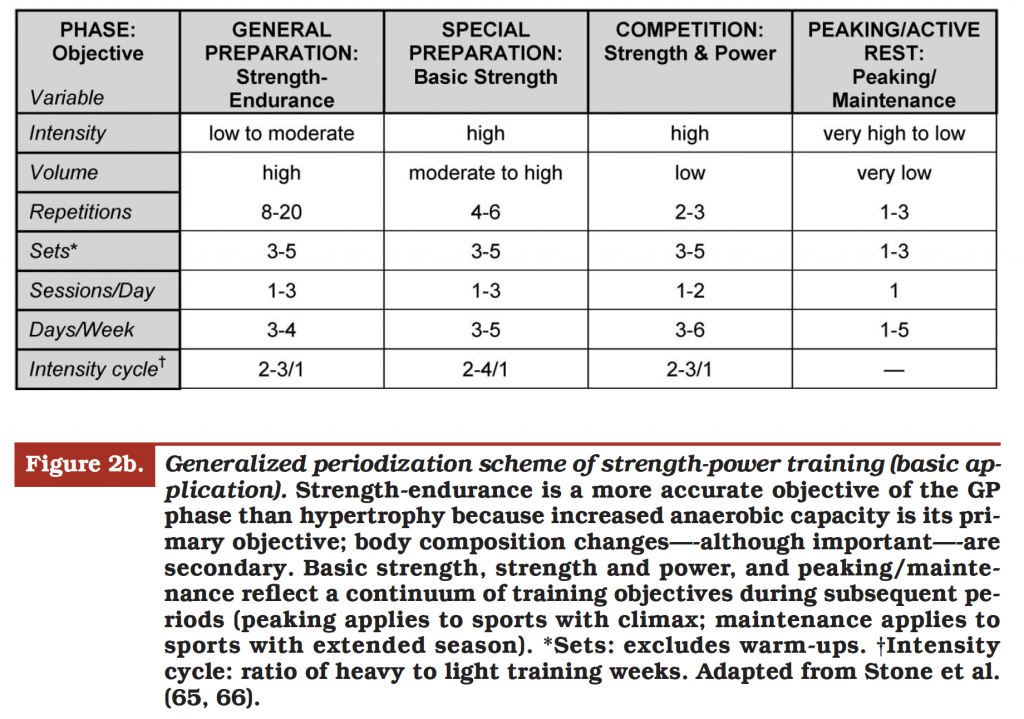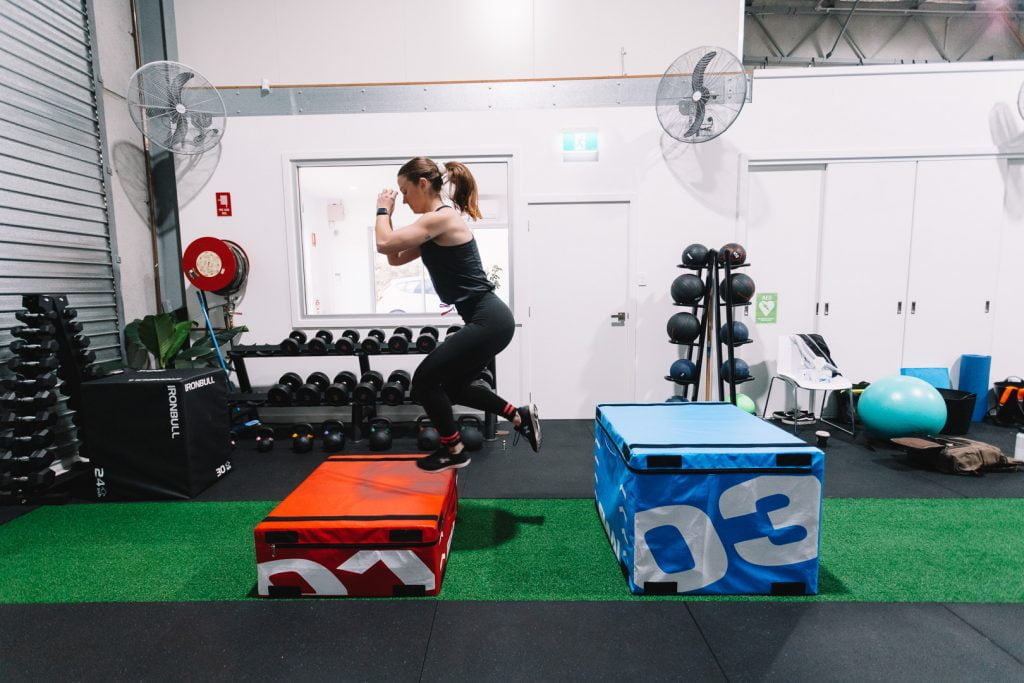Periodisation training for sports performance is a process in which strength and fitness capacities are progressed, with the by-product being improved conditioning, coordination, strength and power. Different models will be more optimal depending on what an athlete’s sport looks like.
For example, track and field athletes training preparation is dependent on peaking for a single or multiple-spaced out competitions (i.e. state, national, and world championships). Other sports, such as team sports generally have a long season of competition before peaking for “finals”. Therefore, periodisation models need to address the specific needs of a sport, the individual, and what physical capacities should be trained at what time of the season. If you get this wrong, you may peak too early, or be exhausted by the time finals season is here.

Traditional periodisation models (linear periodisation models) aim to address a general base of strength and fitness and then get more specific as the competition nears. This model became popular in the 1980s termed the “block periodisation model.”
García-Pallarés and colleagues (2010) proposed a periodisation model where three types of mesocycle phases were used:
- Accumulation phase – improving general abilities such as aerobic fitness, strength, and movement techniques.
- Transformation phase – improving more specific abilities like aerobic-anaerobic or anaerobic endurance, specialised muscle endurance, and proper event-specific technique.
- Realisation phase – A pre-competition training phase which focuses on modelling race or competition demands and peaking an athlete for their best performance.
A traditional model or block periodisation model may have some problems when it comes to in-season training for team sport athletes due to their long season and the multiple fitness qualities required all year round. The problem with this is that while you spend time training one capacity you can also cause a decrement in the another.
This is naturally an unpopular periodisation model for in-season training for team sport and therefore an Undulating nonlinear periodisation model is preferred. This model focuses on consecutively training more than one training adaptation at a time (i.e strength day, power day, hypertrophy day).
For example, we may have 3 days of strength training where each day has a slightly different focus – endurance, high volume, power. The same approach is applied for field sessions.
As you can see, periodisation is complex and very dependent on an individual, their sport, and what time of season they are in. Periodisation is the overall training plan on how to improve the way an athlete or team performs. It plans for times to get fit and strong, and when to recover and ensure performance is at its peak and at the right time.


